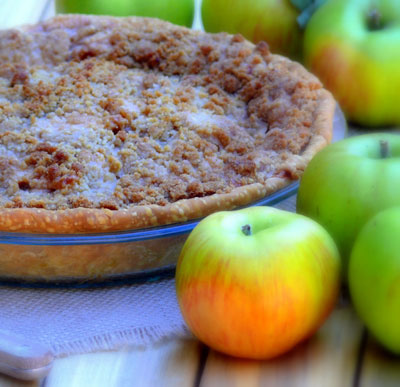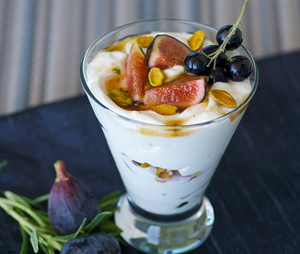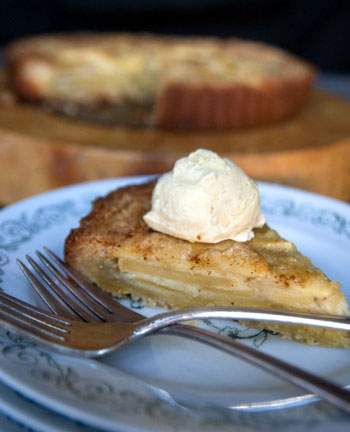 Parsnips. Parsnips parsnips parsnips.
Parsnips. Parsnips parsnips parsnips.
Just saying the world really fast makes and in repetition makes me laugh. I don’t know why. And yet as cute and funny looking as they are (think albino carrots), I realized I don’t include root vegetables in my life nearly enough. And why is that? It’s not as if I don’t like them. I just never seem to think about them. Perhaps because they are our seasonal winter-loving friends, hiding underground until someone comes along and plucks them from the earth. Maybe it’s because they are starchy, somewhat tough and require some finesse and trickery to enjoy.
(I’m going to exclude radishes from the above, as they are just fine sprinkled with a little sea salt, perhaps a dab of butter, and popped into my mouth like there’s no tomorrow.)
Parsnips are delicious when pureed or roasted with other root vegetables, but I’m digging this recipe I found while on a work assignment. It screams winter, and pairs perfectly with a tender, slow-cooked pork roast. Comfort food at its best.

 It has really felt like Fall the past week or two, which has really had me in the mood for all things apple and pumpkin. However, today, the first day of back to school, we will be pushing 90 degrees here in the Willamette Valley.
It has really felt like Fall the past week or two, which has really had me in the mood for all things apple and pumpkin. However, today, the first day of back to school, we will be pushing 90 degrees here in the Willamette Valley.  Oscar Wilde said, "I can resist everything but temptation." I think he had fresh figs in mind when he said that.
Oscar Wilde said, "I can resist everything but temptation." I think he had fresh figs in mind when he said that. Steak and Mushrooms…Yum.
Steak and Mushrooms…Yum. This past weekend, it was a bit cold. After Levi’s flag football game, I came home, grabbed 4 cooking magazines and got under the covers. I earmarked half of each issue and not only did I read each and every one of them but I spent almost the entire next day in the kitchen.
This past weekend, it was a bit cold. After Levi’s flag football game, I came home, grabbed 4 cooking magazines and got under the covers. I earmarked half of each issue and not only did I read each and every one of them but I spent almost the entire next day in the kitchen.